Crafting homemade feeders for birds, wildlife, or pets can be both rewarding and economical. The satisfaction of seeing creatures enjoy your handmade creation is unmatched, while the cost savings compared to store-bought options can be significant. However, many DIY enthusiasts find themselves frustrated when their carefully constructed feeders fail to attract animals or quickly break down. What begins as an exciting project can turn into wasted time and resources if common pitfalls aren’t avoided. This comprehensive guide will walk you through the most frequent mistakes people make when creating DIY feeders and how to circumvent them for successful, functional feeding stations that actually work.
Using Unsafe Materials

One of the most critical mistakes in DIY feeder construction is using materials that can harm wildlife or pets. Treated woods often contain chemicals that can leach into seeds or nectar and potentially poison feeding animals. Similarly, certain metals like zinc or lead can cause serious health problems if ingested through chewing or when they oxidize and contaminate food. Some plastics may release toxins when exposed to sunlight and weather conditions over time. Always research materials thoroughly before incorporating them into your design, opting for food-grade plastics, untreated hardwoods, or stainless steel components that won’t compromise the health of visiting creatures.
Ignoring Local Wildlife Needs
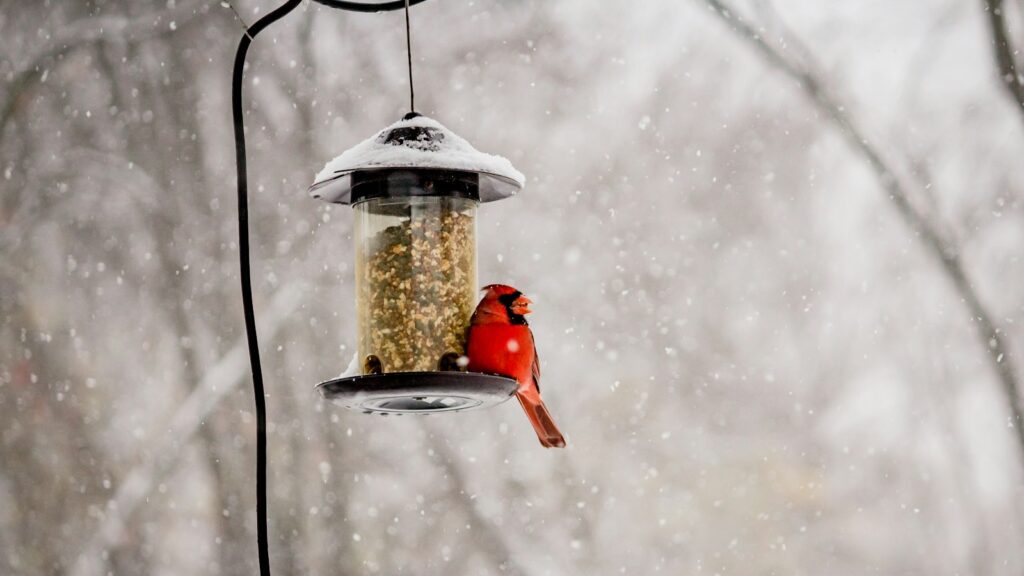
A beautiful feeder serves no purpose if it doesn’t accommodate the specific creatures in your area. Many DIY enthusiasts create generic feeders without researching which species are native to their region and what these animals actually eat. For instance, hummingbird feeders would be useless in areas where these birds don’t naturally occur, while seed feeders with openings designed for small songbirds won’t serve larger species like cardinals or jays. Before starting your project, observe the wildlife in your area or consult local birding groups to understand which creatures you’re likely to attract and what their feeding preferences and habits entail. This foundational research ensures your efforts align with actual ecological opportunities in your location.
Poor Drainage Design
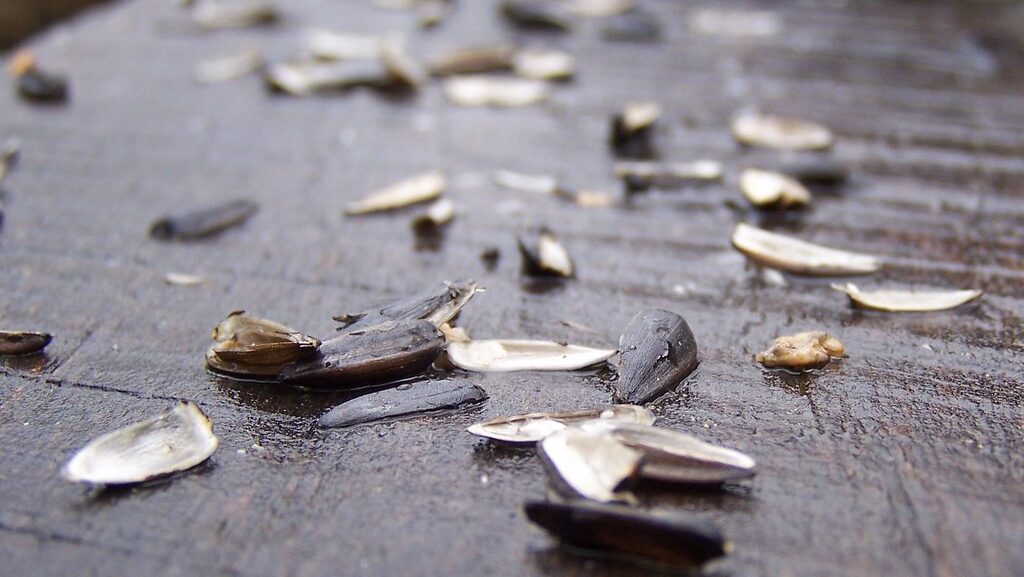
Inadequate drainage is perhaps the most common functional flaw in homemade feeders. When rainwater pools in feeding areas, seed quickly becomes soggy, moldy, and potentially toxic to animals. Stagnant water in nectar feeders becomes a breeding ground for harmful bacteria that can cause serious illness in hummingbirds and other nectar-feeding species. Effective DIY feeders must incorporate drainage holes in strategic locations that allow moisture to escape without allowing food to leak out unnecessarily. Additionally, consider how water will run off the roof or covering elements of your feeder during heavy rain to prevent saturation of the main feeding areas. Testing your drainage system with water before finalizing your design can save countless headaches and prevent wasted food and potential harm to wildlife.
Neglecting Weather Protection
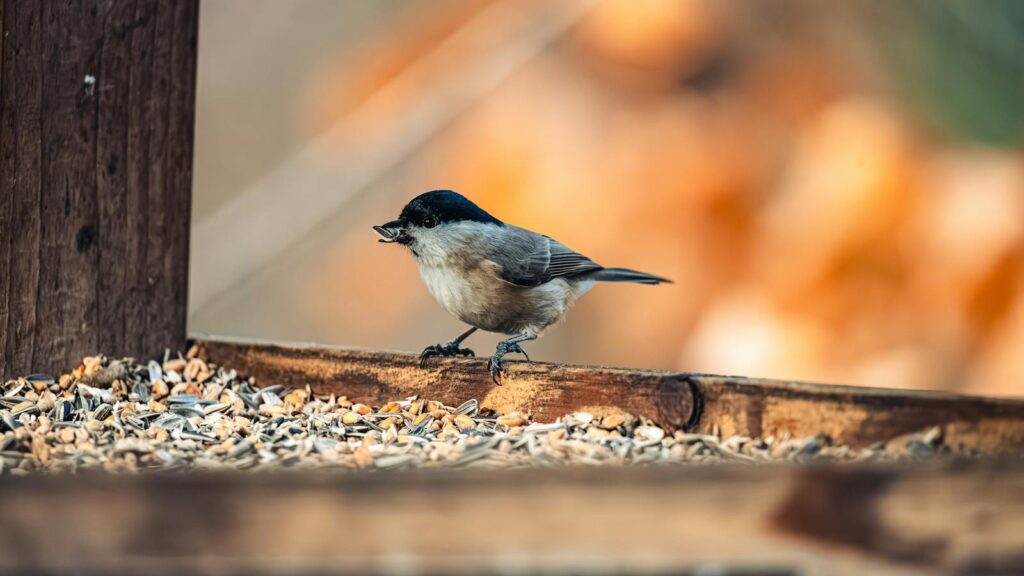
Many DIY feeder designs fail to account for weather exposure, significantly reducing their effectiveness and lifespan. Without adequate protection from rain, snow, and wind, food becomes spoiled and unusable while the feeder structure itself rapidly deteriorates. Feeders without overhangs or roofs leave seeds exposed to precipitation, causing them to clump, sprout, or develop harmful mold. Strong winds can completely empty open tray designs or cause swinging feeders to spill their contents. When designing your feeder, incorporate protective elements like extended roofs, wind baffles, or strategic placement that offers shelter from prevailing weather patterns. Consider how seasonal weather changes in your region might affect your feeder’s performance and build accordingly to ensure year-round functionality.
Complicated Refill Mechanisms
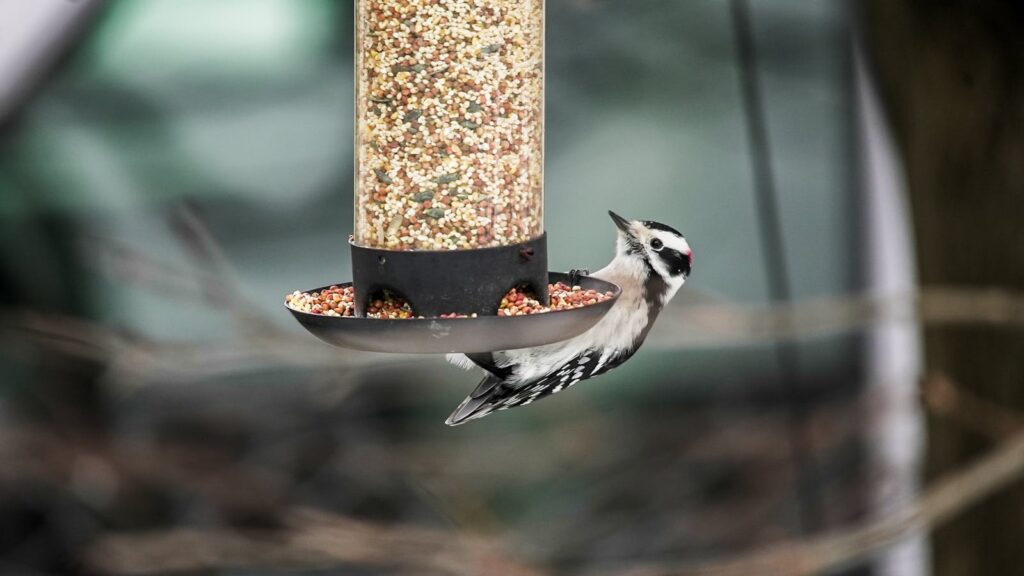
A common downfall of homemade feeders is overly complex or cumbersome refilling systems that discourage regular maintenance. When refilling requires disassembling multiple components, unscrewing tight lids, or maneuvering awkward containers, the likelihood of neglecting timely refills increases dramatically. Animals quickly learn to avoid unreliable food sources, meaning your sporadically filled feeder may be abandoned despite its other merits. Design your feeder with user-friendly refill methods that can be accomplished quickly and without specialized tools. Hinged roof panels, slide-out trays, or wide-mouth openings make the maintenance process simple and encourage consistent upkeep. Remember that even the most beautiful or innovative feeder design fails if practical usability wasn’t prioritized during the construction phase.
Incorrect Sizing and Proportions
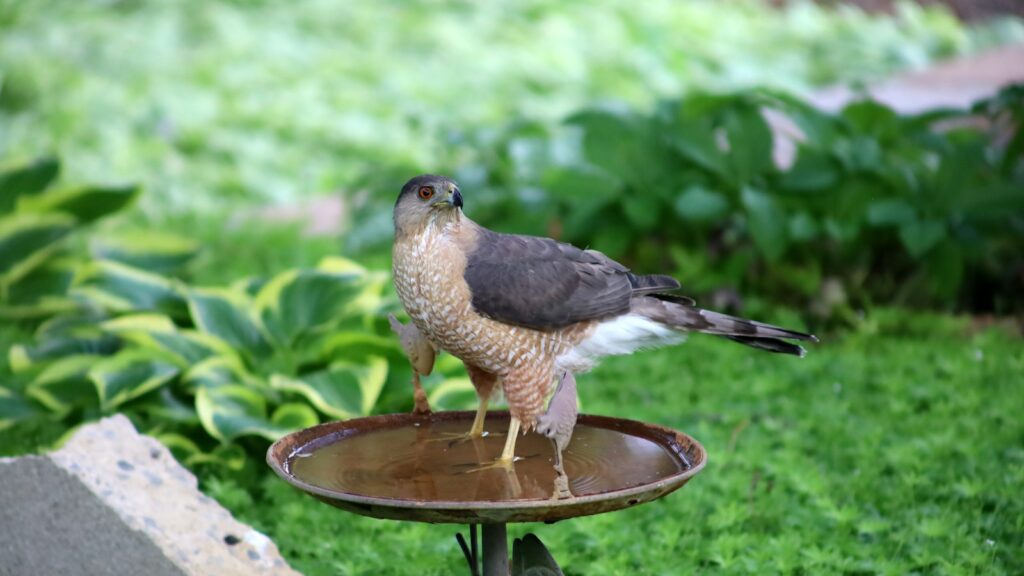
Disproportionate dimensions often doom DIY feeders to ineffectiveness despite builders’ best intentions. Entrance holes that are too small prevent target species from accessing food, while oversized openings allow larger, more aggressive animals to dominate or waste resources. Perches placed too far from feeding ports make it difficult for birds to comfortably eat, while those positioned too close might not accommodate larger species’ body sizes. Feed reservoirs that are too shallow require constant refilling, but those that are excessively large might allow food to spoil before it’s consumed. Research the physical dimensions and feeding postures of your target species before finalizing your design. Consider consulting established feeder specifications from ornithological sources to ensure your measurements accommodate the creatures you hope to attract while discouraging unwanted visitors.
Insufficient Predator Protection
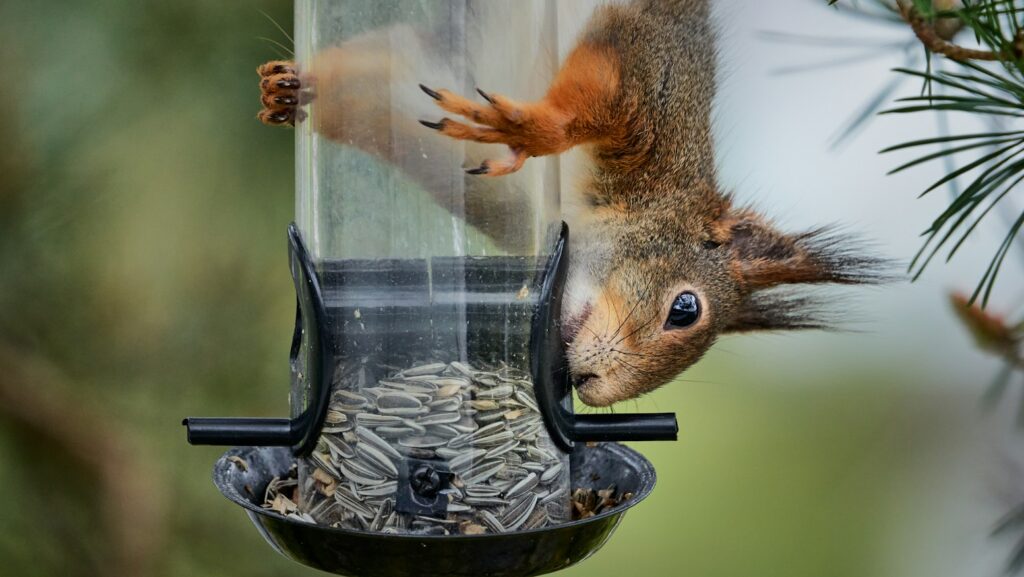
Many DIY feeder builders overlook the critical aspect of predator deterrence, creating feeding stations that inadvertently become hunting grounds. Feeders without proper protection make birds and small mammals vulnerable to cats, hawks, and other predators while they’re focused on eating. Open platform designs without overhead cover expose feeding animals to aerial predators, while feeders placed near shrubs or low branches provide ambush opportunities for ground hunters. Effective predator protection includes strategic placement away from predator hiding spots, cage-like barriers that allow target species in while keeping predators out, and overhead protection from aerial threats. Additionally, consider incorporating baffles or similar devices to prevent climbing predators from accessing feeding stations mounted on poles or suspended from branches.
Using Inadequate Fasteners and Joints
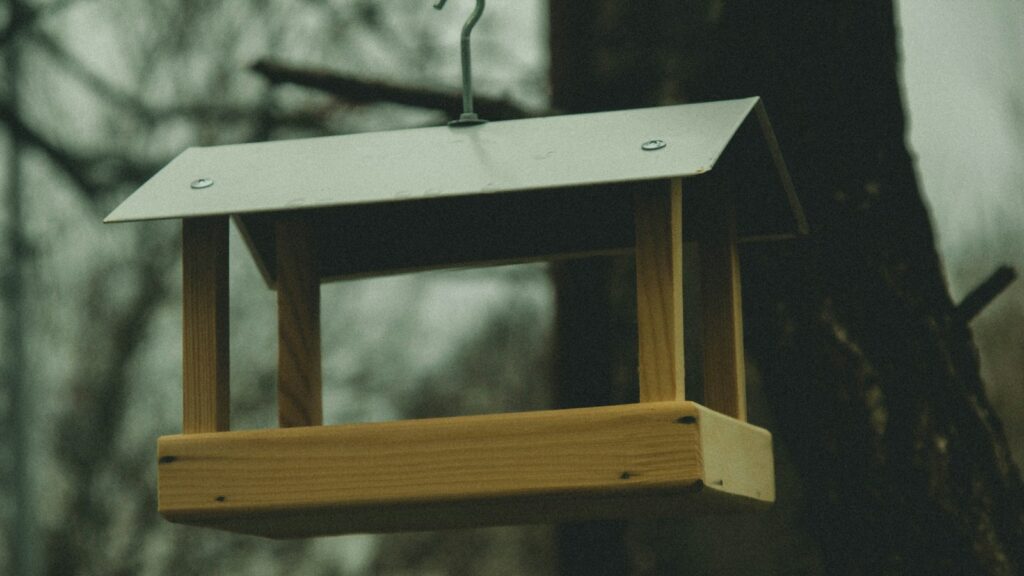
The structural integrity of DIY feeders frequently fails due to improper joining techniques and insufficient fastening methods. Weather exposure puts tremendous stress on outdoor structures, causing nails to work loose, glue joints to deteriorate, and screws to rust or break. Feeders constructed with interior-grade adhesives quickly fall apart when exposed to moisture and temperature fluctuations, while those assembled with standard steel screws or nails develop rust that weakens critical connection points. When building your feeder, invest in weatherproof fastening solutions like stainless steel screws, exterior-grade waterproof glue, and locking mechanisms that resist vibration and movement. Consider reinforcing key structural joints with metal brackets or additional support pieces, especially for larger feeders that will hold substantial amounts of food and support the weight of multiple feeding animals.
Neglecting Cleaning Accessibility
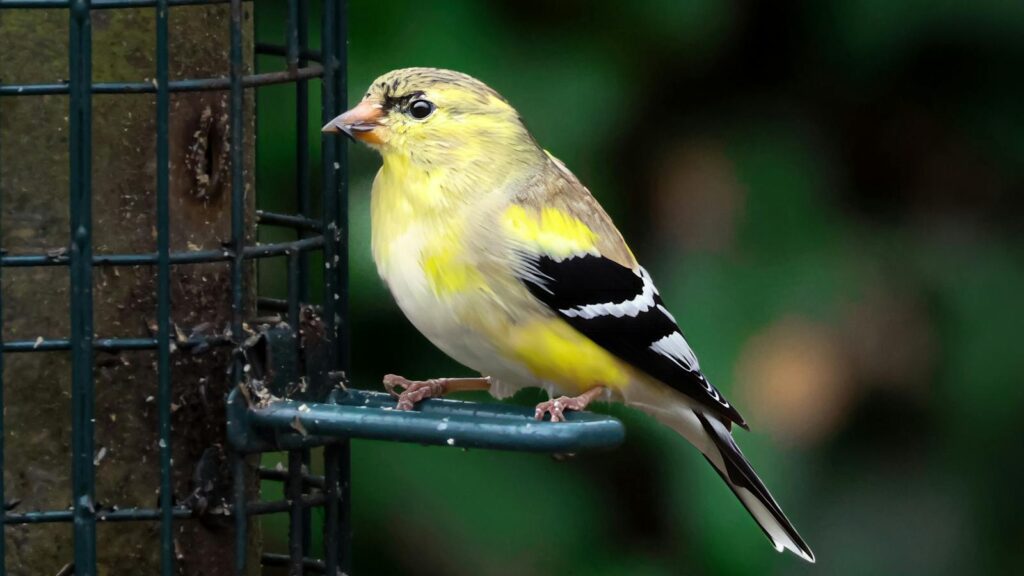
Perhaps the most overlooked aspect of feeder design is the ability to thoroughly clean the structure—a critical failure that can transform feeders into disease transmission sites. Feeders with narrow openings, inaccessible corners, or permanently sealed components become impossible to sanitize properly, allowing harmful bacteria, fungi, and parasites to accumulate and spread among visiting animals. Disease transmission at feeding stations can devastate local wildlife populations, particularly during high-traffic seasons when many individuals share the same feeding surfaces. Design your feeder with cleaning in mind by incorporating removable trays, disassemblable components, and materials that can withstand regular scrubbing with mild bleach solutions. Avoid deep crevices, rough surfaces that trap debris, and inaccessible feeding chambers that cannot be properly inspected and cleaned.
Overlooking Stability Requirements
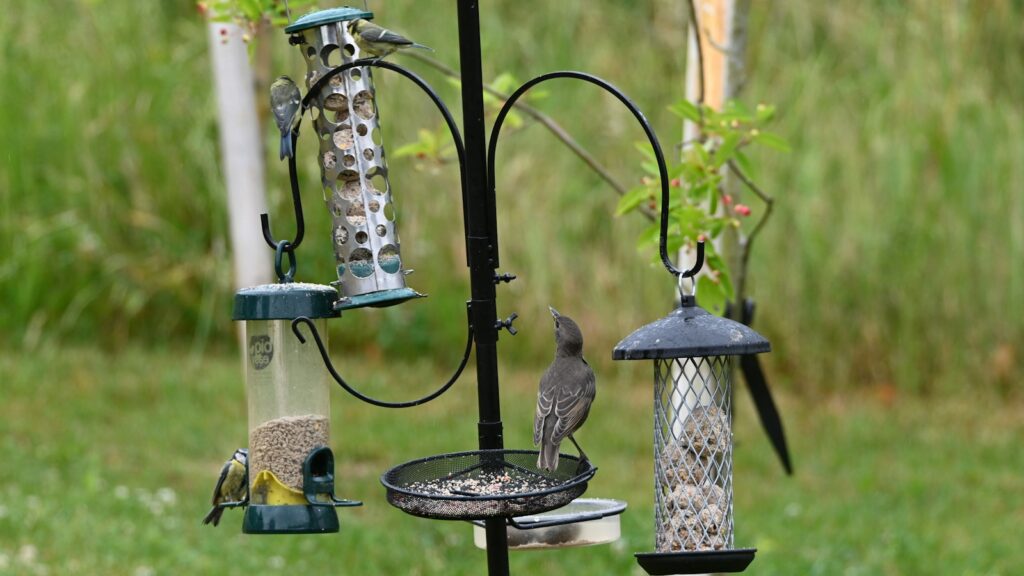
Unstable feeders create frustrating experiences for both wildlife and humans, yet many DIY designs fail to adequately address this fundamental requirement. Lightweight constructions easily blow over in winds, while top-heavy designs become unstable when animals land on them or when feed levels drop, changing the center of gravity. Hanging feeders without proper counterweights spin wildly when birds land, discouraging continued use by motion-sensitive species. When designing your feeder, consider how weight will be distributed both when full and nearly empty, and how visiting animals will affect this balance. Incorporate wide bases for freestanding designs, appropriate counterweights for hanging versions, and strategic mounting points that maintain stability regardless of feeding activity. Test your feeder under various conditions before finalizing the design, observing how it responds to simulated wildlife usage and different weather scenarios.
Forgetting Seed Dispensing Control
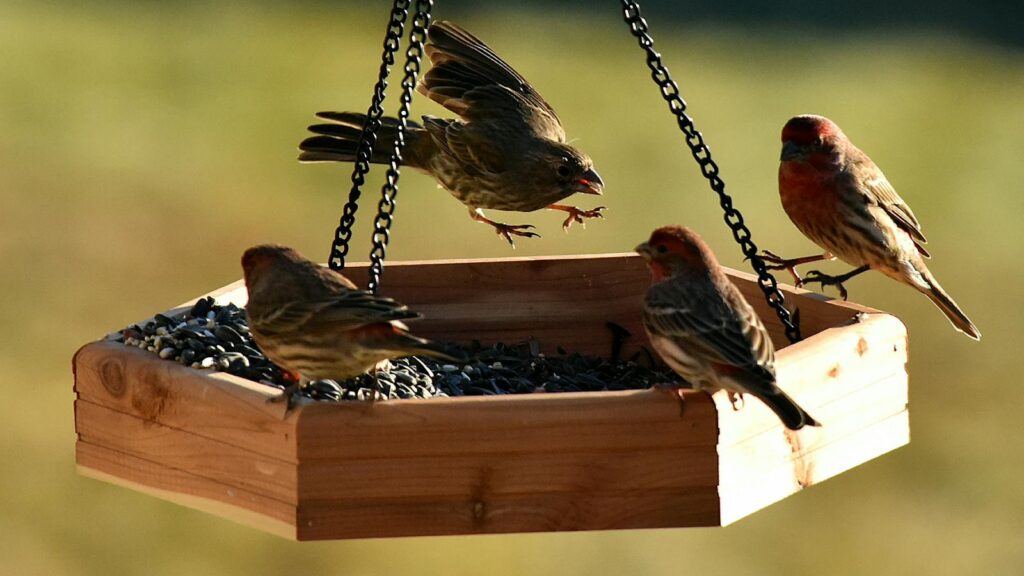
Many homemade feeders distribute too much food at once, leading to waste, spoilage, and potential pest problems. Without proper seed flow regulation, gravity-fed tube feeders can dump entire contents when temperatures fluctuate, causing materials to expand and contract. Platform feeders without portion control encourage animals to scatter seeds while searching for preferred types, resulting in unwanted ground germination and attraction of rodents or other unwelcome visitors. Effective feed control mechanisms include adjustable ports, baffles that regulate flow, and designs that dispense only what feeding animals can immediately access. Consider incorporating weight-sensitive perches that close feeding ports when heavier, non-target species attempt to feed, or screening that allows only certain seed sizes to pass through specific areas of your feeder.
Improper Hanging or Mounting Systems
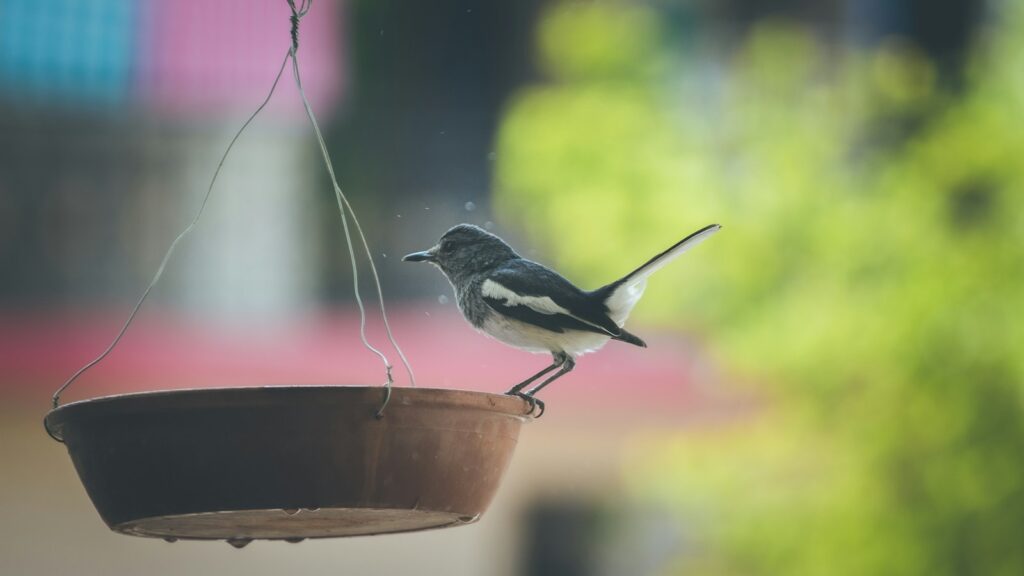
The failure to create secure, appropriate mounting or hanging systems undermines countless DIY feeder projects despite otherwise sound construction. Feeders hung with thin wire or string quickly fall when these materials fray or break under constant movement and weather exposure. Wall-mounted designs attached with inadequate brackets pull away from surfaces when loaded with feed and visiting animals, while pole-mounted versions without proper anchoring topple in strong winds or when larger species land. When designing your mounting system, use materials rated for outdoor use and significantly stronger than the anticipated load requires. Incorporate safety backup systems like secondary hanging wires or additional mounting points that prevent catastrophic falls if primary attachments fail. Consider how your mounting location might affect the structure over time, avoiding areas where water runoff, excessive sun exposure, or abrasion might gradually weaken critical support components.
Ignoring Animal Behavior Patterns
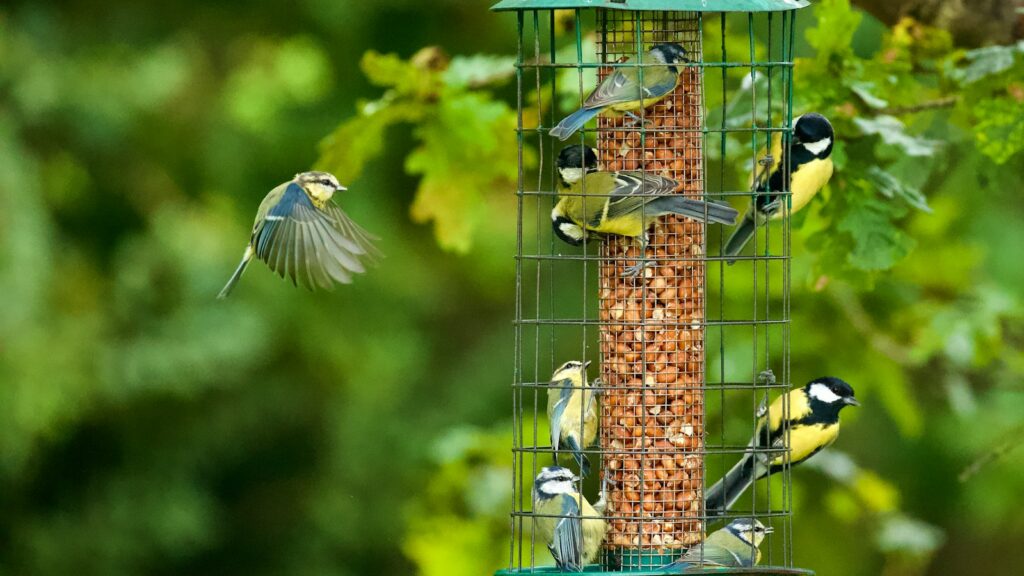
Perhaps the most subtle yet consequential mistake in DIY feeder design is failing to account for natural animal behaviors and social dynamics. Feeders that force naturally solitary species to feed in close proximity often remain unused, while those designed for single visitors frustrate flocking species that prefer to feed in groups. Some designs inadvertently create territorial disputes by limiting access to prime feeding spots or visibility while eating. Successful feeders align with instinctive behaviors—offering multiple feeding ports for social species, incorporating protective covering for prey animals that need to feel secure while feeding, and providing appropriate perching arrangements that accommodate natural feeding postures. Research your target species’ natural feeding behaviors before finalizing your design, and be prepared to make modifications based on observed animal responses once your feeder is deployed.
Creating effective DIY feeders requires thoughtful consideration of materials, species needs, weather conditions, and practical maintenance requirements. By avoiding these common mistakes, your homemade feeding stations can provide safe, functional support for local wildlife while offering the satisfaction of seeing your handcrafted creation in regular use. Remember that observation after installation is equally important—the best feeder designs evolve through ongoing refinement based on actual animal behavior and seasonal conditions. With proper planning and attention to these critical details, your DIY feeders will serve both wildlife and your enjoyment for years to come.
